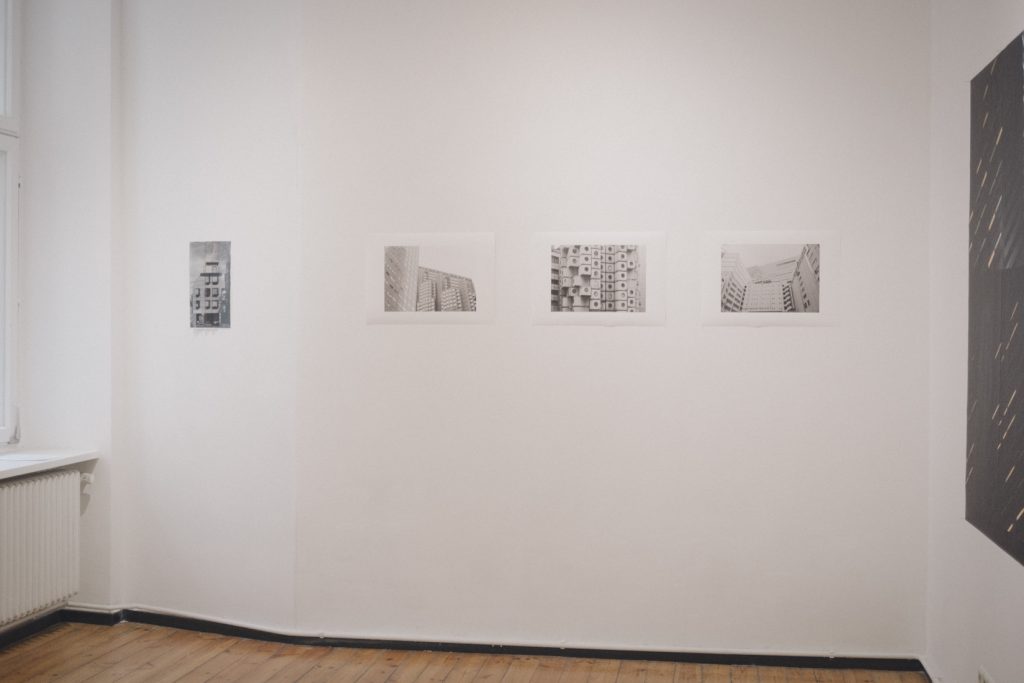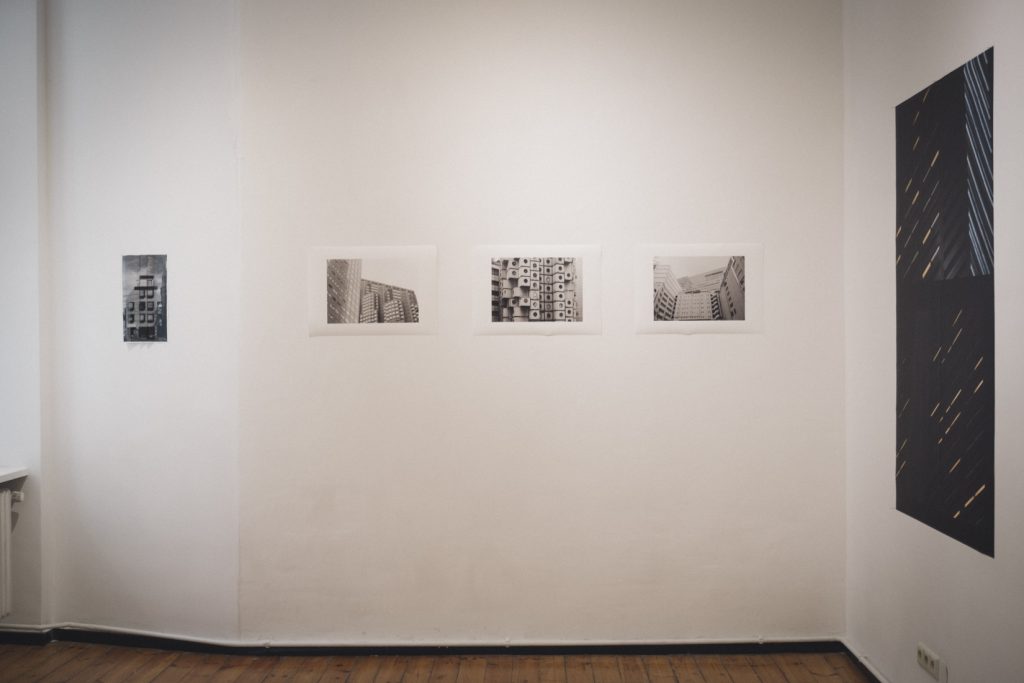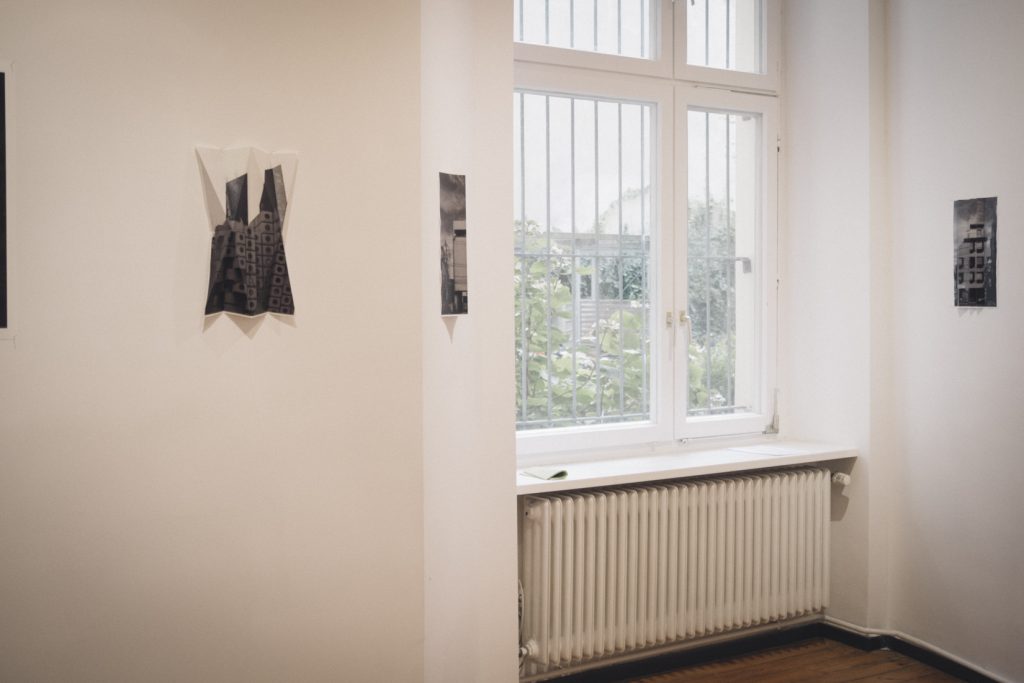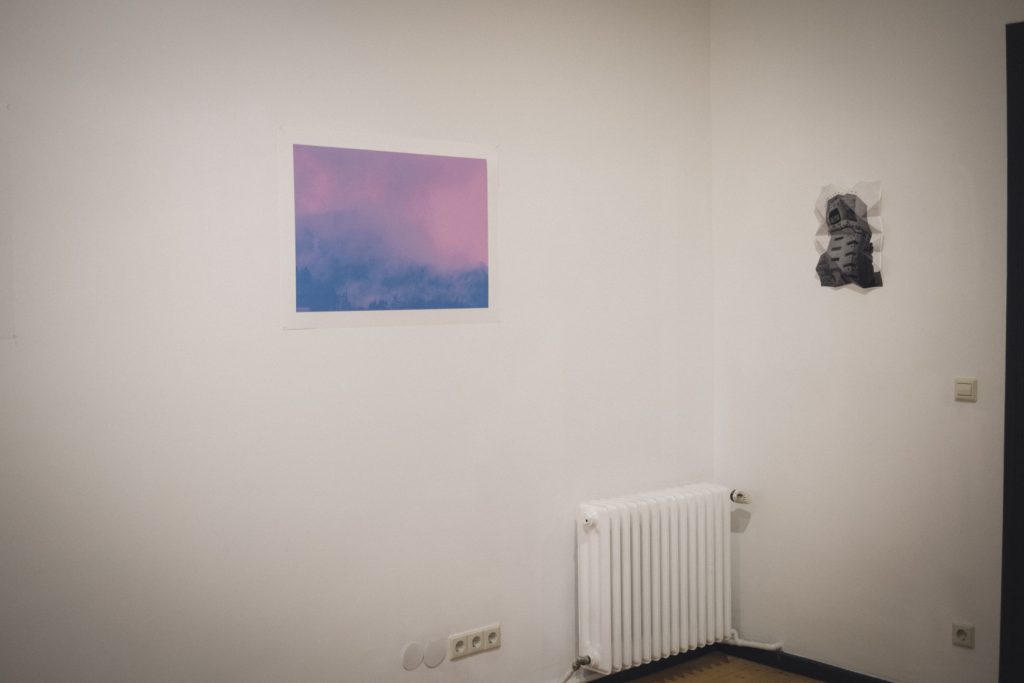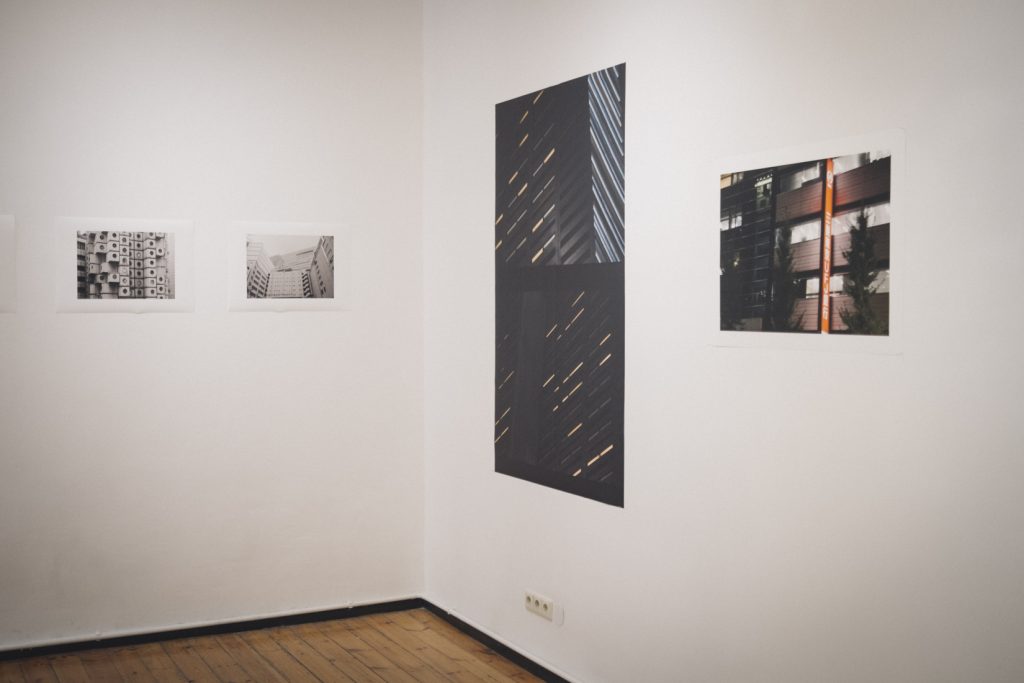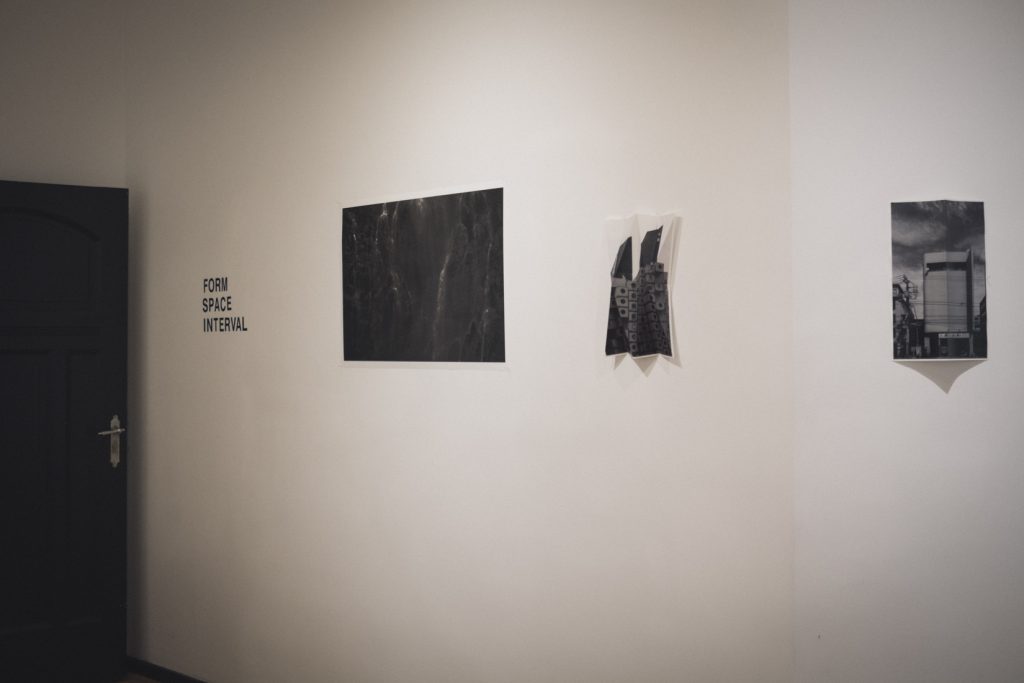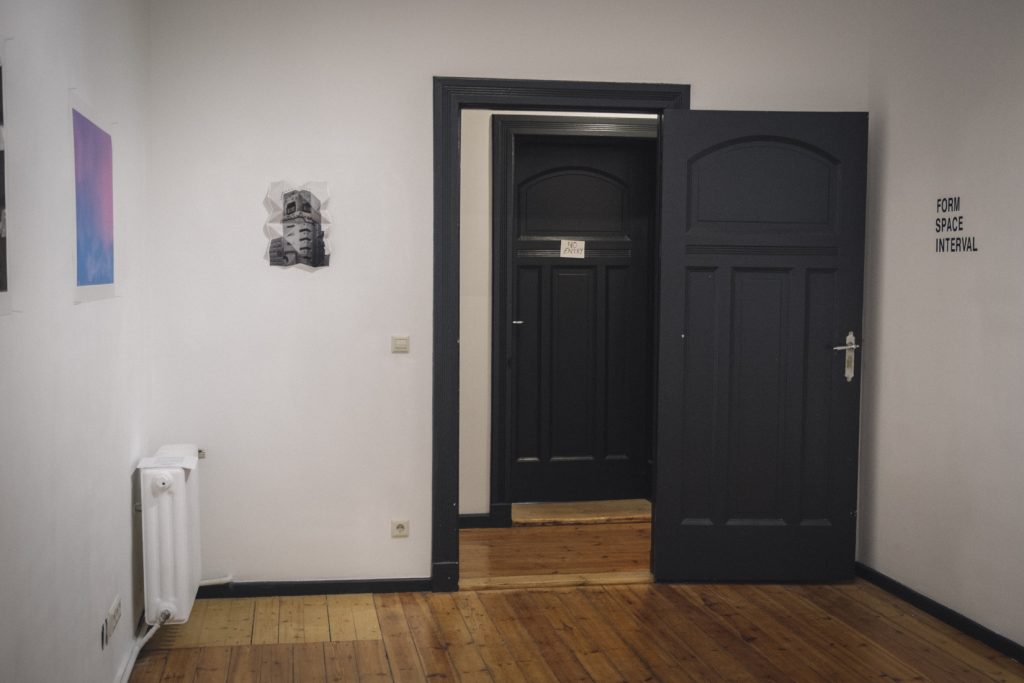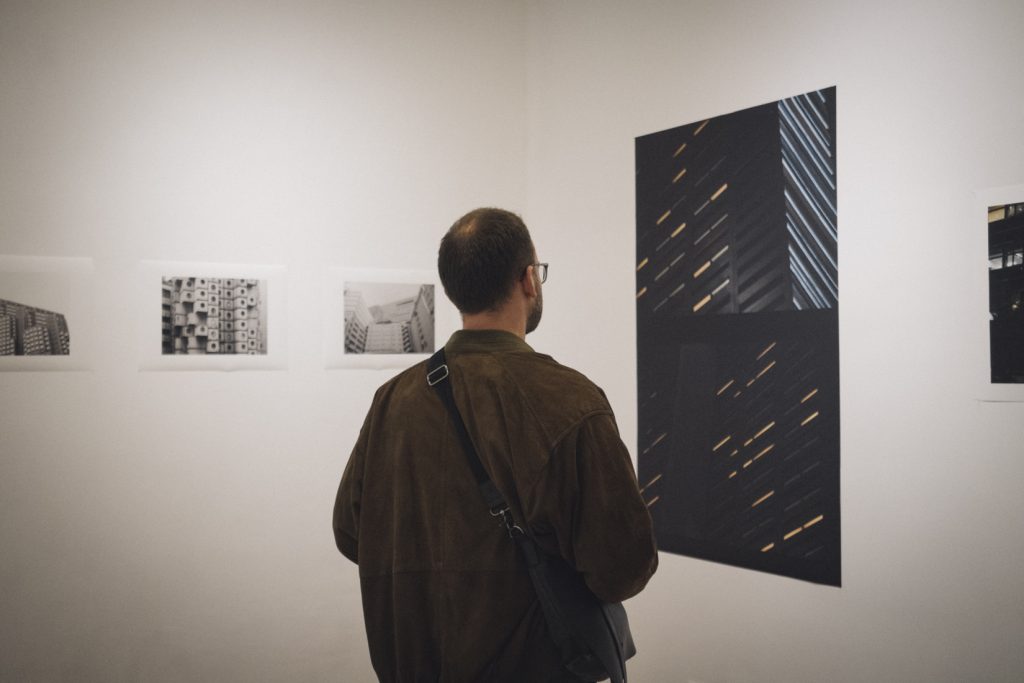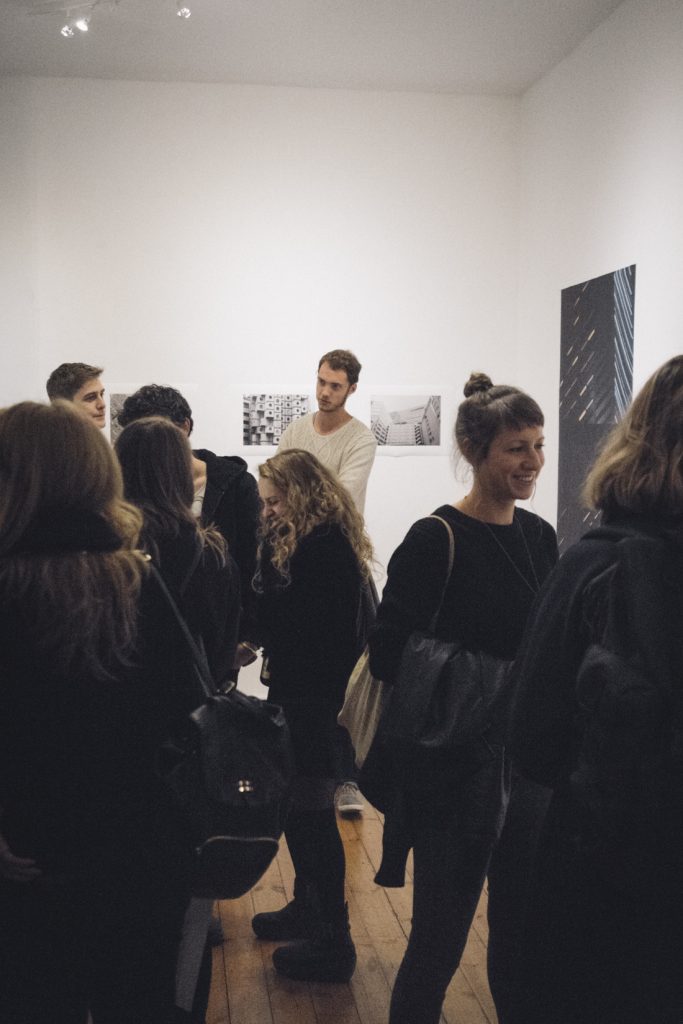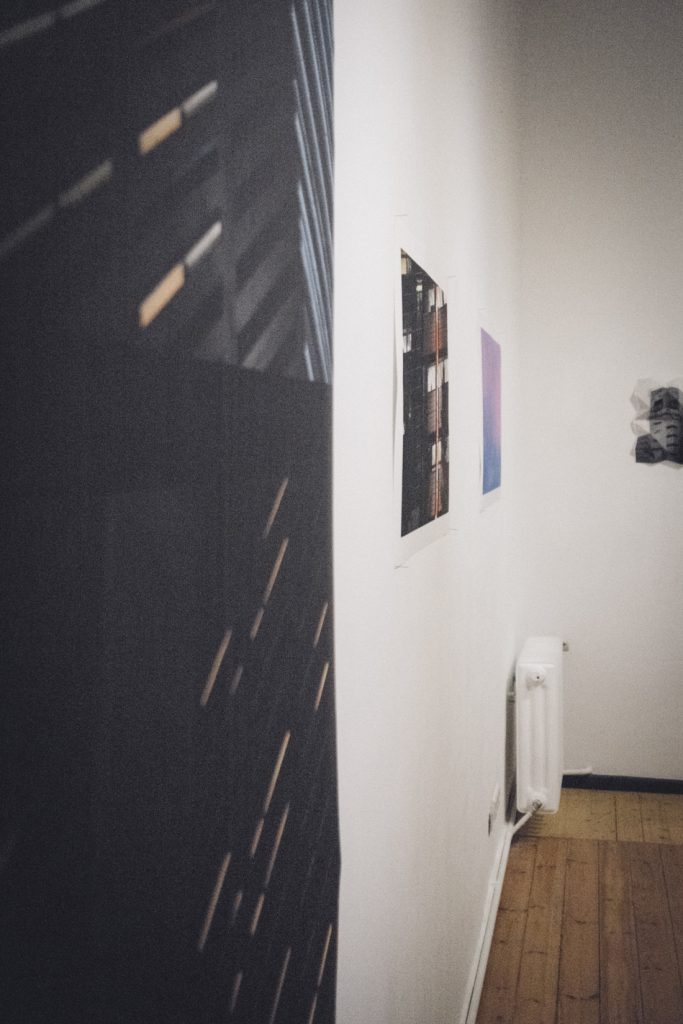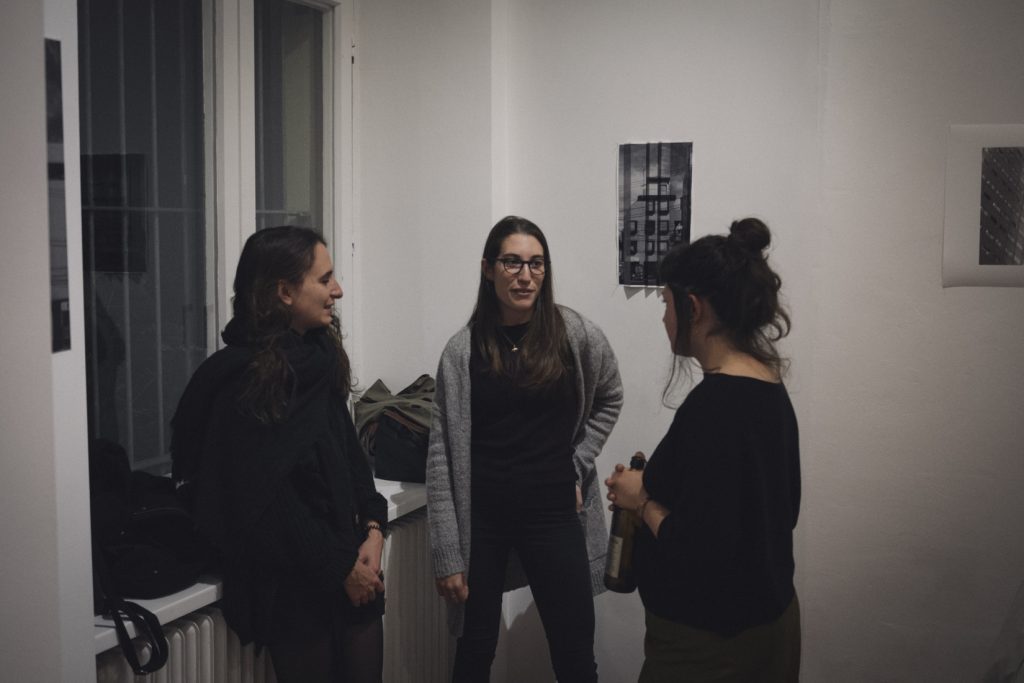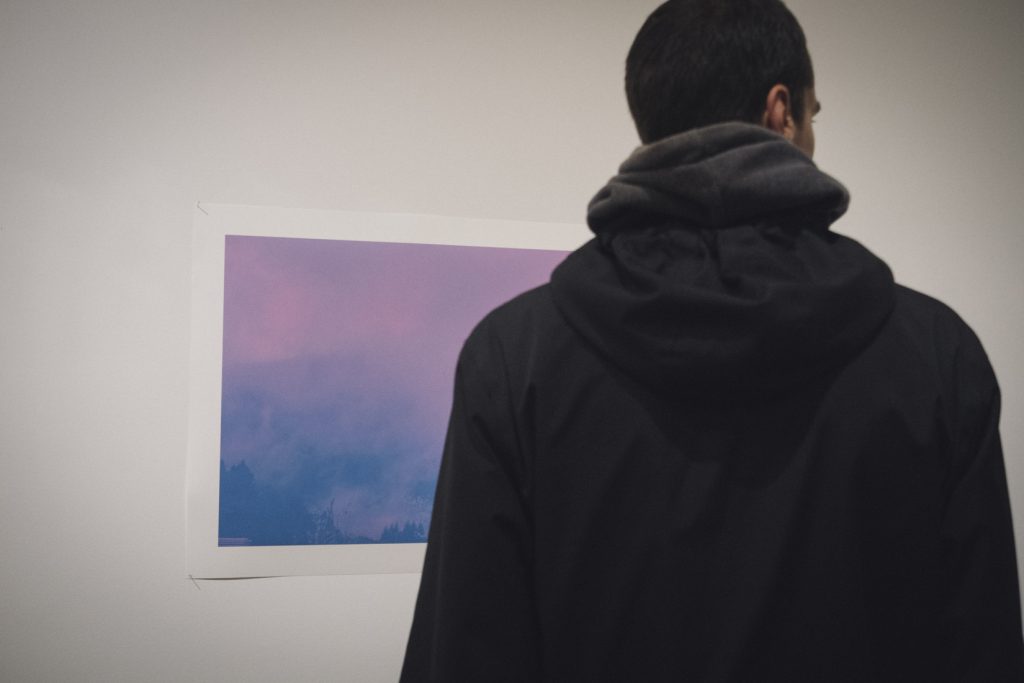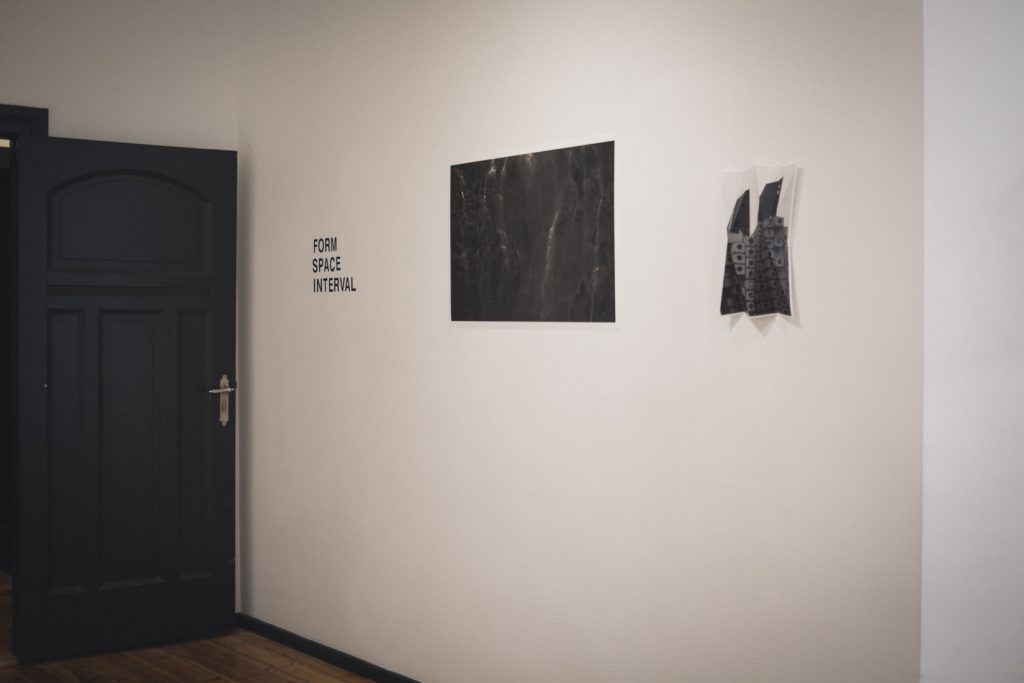Form / Space / Interval
Form / Space / Interval
-
Toby Ridler and Tessa Theil will show a collection of photographs that resulted from traveling through Japan in 2016. When visiting the country the idea was, not only to travel and to discover, but to take inspiration from its culture and to channel impressions and experiences into a creative process. Coming from two different disciplines several series of works emerged, which reflect their two different perspectives on form and space. The show will include an installation based work, which would consist of printed images that would be physically manipulated into multi-dimensional origami like surfaces and also a series of digitally manipulated photography. Both are also part of ‘Zone Collective’, an experimental music and arts collective based in Berlin, Glasgow and Copenhagen.
https://www.facebook.com/zonecollective/
Toby Ridler is a sound designer and visual artist from the UK based in Berlin. He studied fine art at Kingston University and Sound Design at Glasgow School of Art. His practice incorporates elements of sound design, musical performances and photography. For Ridler, photography as a medium allows the artist to freeze a moment in time. In doing so it allows us to cast our gaze deeper into what surrounds us, but in turn this also enables the image to gaze back. Ridler heads up the music and art collective ‘Zone Collective’, has exhibited at Glasgow International Festival and released music worldwide.
Tessa Theil studied history of art in Berlin and Leipzig. Her focus on contemporary photography, architecture and architectural theory enriched her own photographical practice. On her travels through Europe, North America or South East Asia she documented architectural landscapes and oddly designed building complexes. Her work is characterized by an abstract and graphical style, which enables the highlighting and reconnection between lines, surfaces and textures. Anonymous structures turn into powerful portraits of buildings, which not always would have been perceived as “iconic architecture.”
